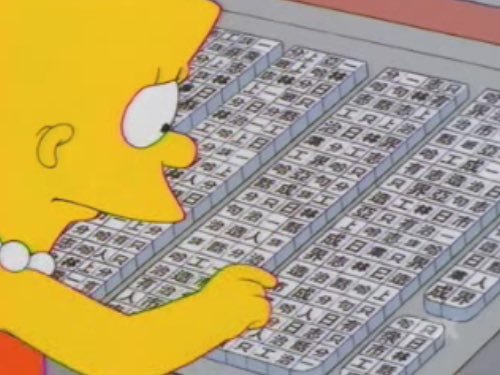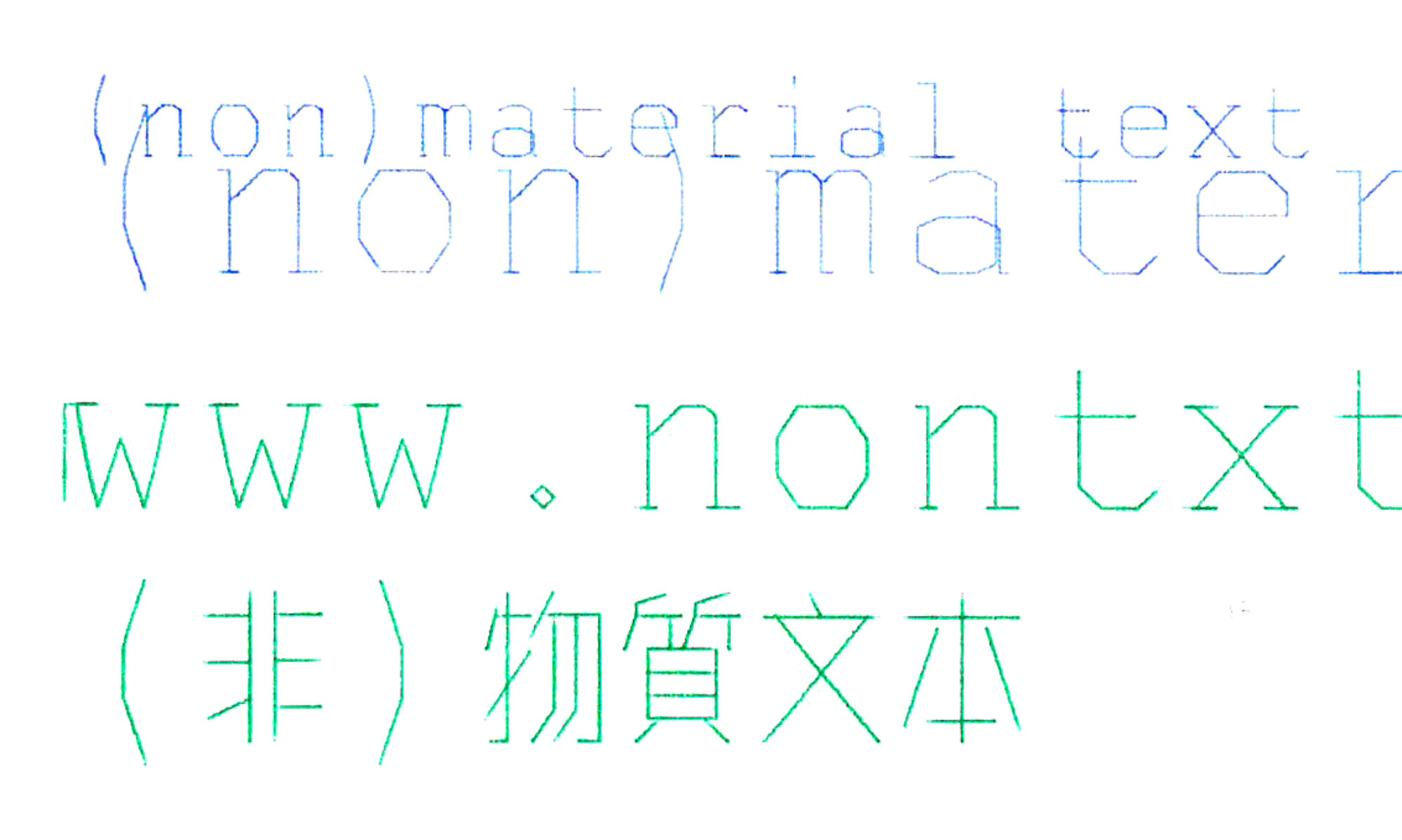
I write a lot more comfortably in English than I do in Chinese, probably because I think in English most of the time, especially in my professional life, or anything theoretical. But it also has a lot to do with the tech involved in composing Chinese words. In a post from three hours ago, I wrote ‘congruency or fluency between thought and action’ as one of the factors when looking at how differently we write using different tech.
When I write (type) in English, my fingers work at a similar speed as my mind – the two are syncronised with each other, so my thoughts flow through smoothly and quickly. Not the same when I write by hand because I’m very slow when writing with a pen. Before I could capture my thoughts as marks on paper, my ideas would slip away. As for Chinese, I mostly use an input method called 速成 (Pinyin: Sucheng, Jyutping: cuk1 sing4), where each key on the qwerty keyboard is assigned a Chinese character part (which themselves are full characters), which can then be combined to form characters. It’s a simplified verison of 倉頡 (Pinyin: Cangjie, Jyutping: cong1 kit3), where you type five of these character parts to get exactly the character you need. Sucheng allows you to type the first and the last of these character parts, then choose from a list of candidate characters. Not a easy way to type, and difficult to learn. I frequently can’t find the characters I need, and have to resort to several other input methods (phonetic or handwriting). Thought and action definitely not in sync.
That still from The Simpsons always make me smile. Note the repeated characters. (from a Tweet by Kristie Lu Stout) (written in Byword, a Markdown editor)
